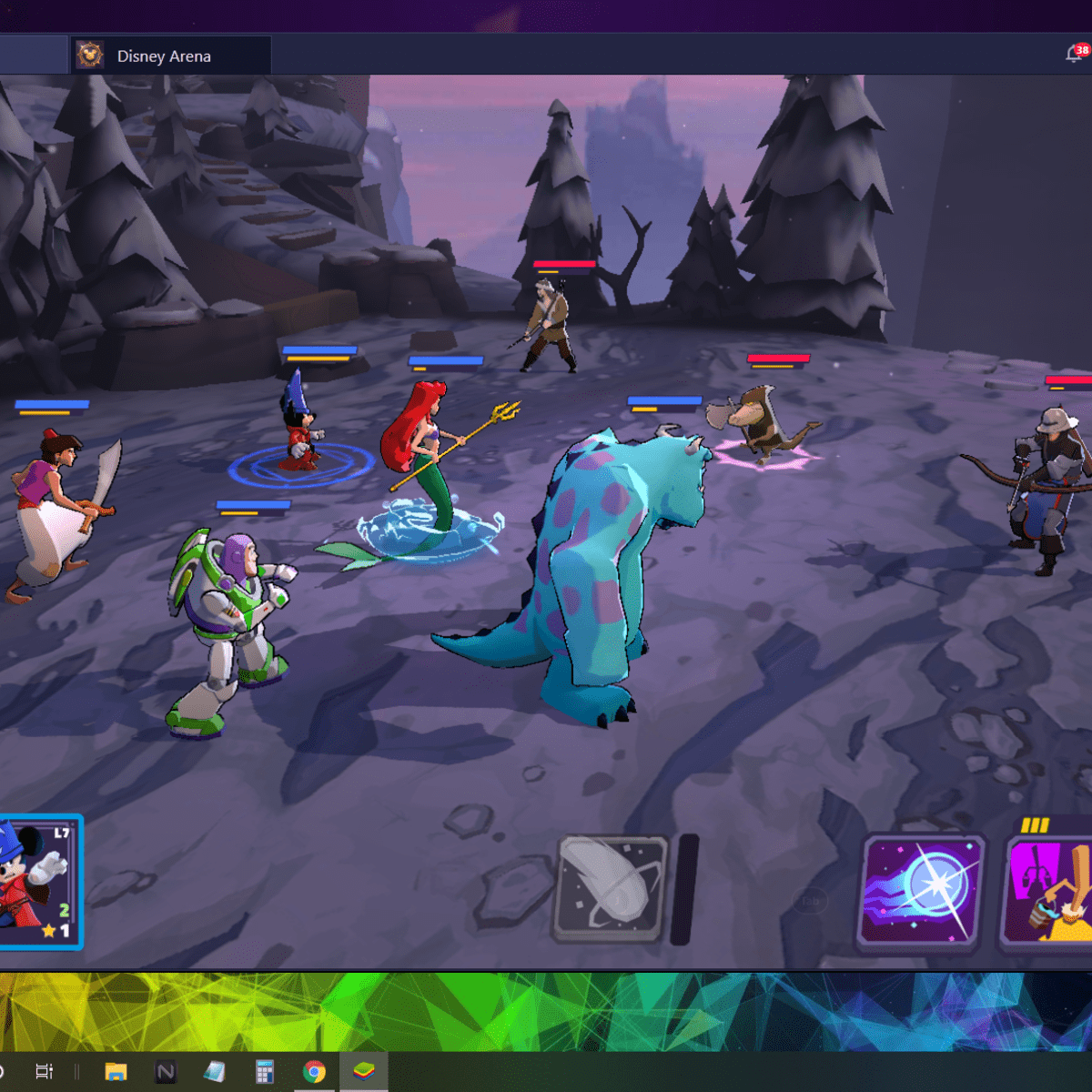
- #HOW LONG SHOULD AN ARM EMULATOR TAKE TO START UP CODE#
- #HOW LONG SHOULD AN ARM EMULATOR TAKE TO START UP SERIES#
For the most part, this doesn't change much. The ARM7 is ARMv4T, and the ARM9 is ARMv5TE. The ARM9 runs on a different microarchitecture from the ARM7. While nothing stops both from being used for general computating or game logic, having each carve out their own niches is more effective. The NDS exposes certain functionality to one CPU but not the other. A lot of these roles are pretty much set in stone for example, only the ARM7 has access to touchscreen or microphone input, and only the ARM9 has access to hardware division and square root registers.
#HOW LONG SHOULD AN ARM EMULATOR TAKE TO START UP CODE#
That is to say, the ARM9 dealt with video tasks and the bulk of the code while the ARM7 dealt with what could be considered "auxillary tasks" such as sound processing, network communications, touchscreen and microphone input handling, and the real-time clock. Some of you may be drooling over the thought of how powerful a handheld (circa 2004 anyway) could be with 2 available CPUs, however, each CPU was generally dedicated to specific tasks. These CPUs are referred to as the ARM9 and ARM7 respectively. The big one is an ARM946E-S running at ~66MHz the other one is the same CPU found in the GBA - an ARM7TDMI - but now clocked around 33MHz instead of 16MHz. Like the GBA, both CPUs are powered by ARM architectures. Running multiple processors like this isn't actually all that uncommon in other consoles like the SNES, Saturn, Gamecube, or Wii, but this was a first for Nintendo's flagship handhelds. Unlike its predecessors, the NDS actually has 2 CPUs that operate simulataneously. What makes the NDS tick? Well, as with any machine of this sort, the CPU needs to be examined before anything else. Since this is the first article, and not much works yet in my emulation core, don't expect a lot of pretty pictures. Hopefully it will serve to shed some light on the NDS for others who are curious about emulation or just want to know the nitty-gritty stuff about this wonderful little handheld.
#HOW LONG SHOULD AN ARM EMULATOR TAKE TO START UP SERIES#
This is the first in a series of articles where I will detail my journey periodically. I didn't start off with a lot of confidence that I could make it here, but today I'm at last able to say I'm ready to accomplish my goal. Maybe I'm way too much of a nerd, but I looked at emulating other consoles as training for my final test, preparation for my encounter with the final boss. It was a lot of work and effort, and I still have plenty of battles left on those handhelds (especially on the GBA), but all of that has prepared me for my one, true goal: NDS emulation. I'd start with DMG emulation, work my way into the GBC, and then dive into the GBA. I looked up Game Boy emulation and figured I'd use that as a foothold. However, being a programmer and an avid gamer, I felt I had the qualifications, so why not try at least?Įventually, what was once an idle thought in the back of my mind took greater shape. Why don't you improve it yourself or make something else?" In reality, most end-users don't have the time, energy, or necessary skills to invest in such a project. I'm going to make my own DS emulator, somehow, one day." In the emulation community, when someone complains about a particular emulator, sometimes the snide response is "Well, it's open-source. It was then that I decided "You know what, whatever. I tried ( somewhat successfully) to hack hi-res support myself, and I fiddled around with hacks to add scaling filters on the Linux version, but it wasn't quite enough for me. The only choice I had was some blurry mess called bilinear filtering, or blocky nearest-neighbor scaling.įor 2D games, I could deal with it, but 3D games looked terrible to me.

In those days, rendering 3D DS games at high resolutions was not a thing, and the Linux versions of Desmume didn't have any decent scaling filters like HQx (and certainly not xBR, since that hadn't been developed yet). I found Desmume an acceptable experience, but there was something missing, namely graphical fidelity. Back then, my interest in playing emulators picked up again, and I really wanted to play some of my DS games on a bigger screen. In fact, programming my own emulator never seriously crossed my mind until around 2010 when I was finishing up college. However, until a few years ago, I had always been an end-user of emulation, a "player" rather than a programmer. In my mind, there was no doubt that it would always be a big part of my gaming lifestyle.

I absolutely loved playing my favorite games on my computer. I've been into emulation for a long time now, ever since my friends introduced me to it around 2001.


 0 kommentar(er)
0 kommentar(er)
